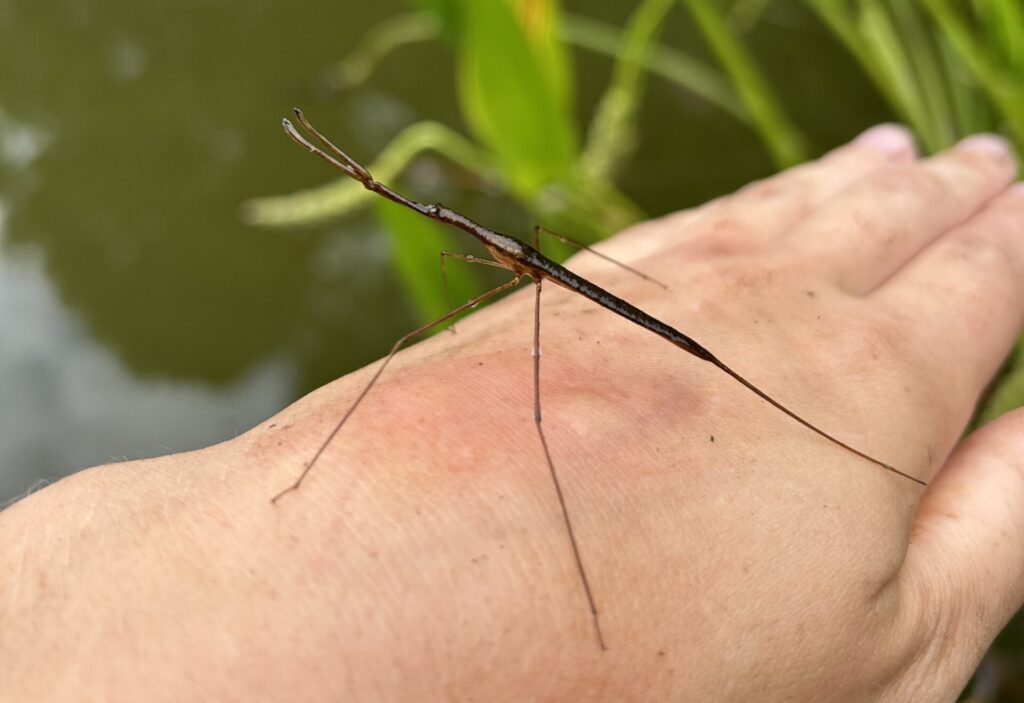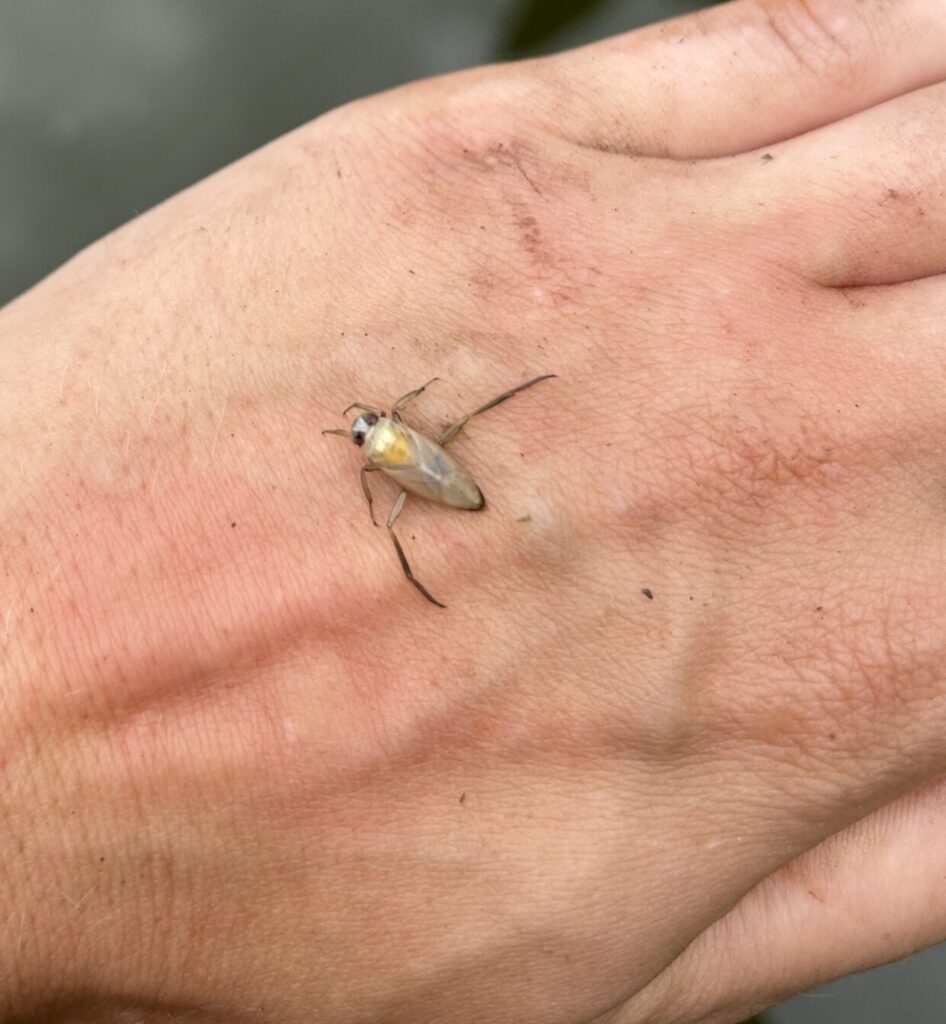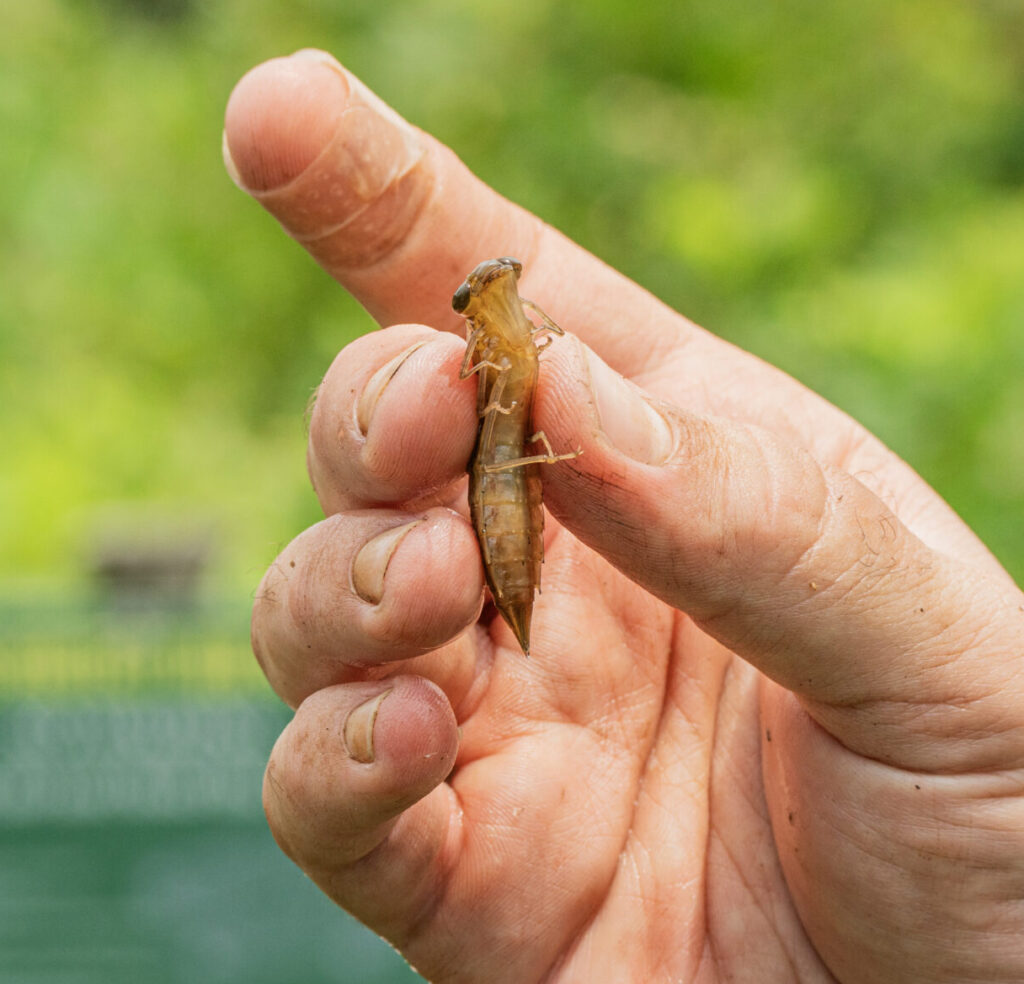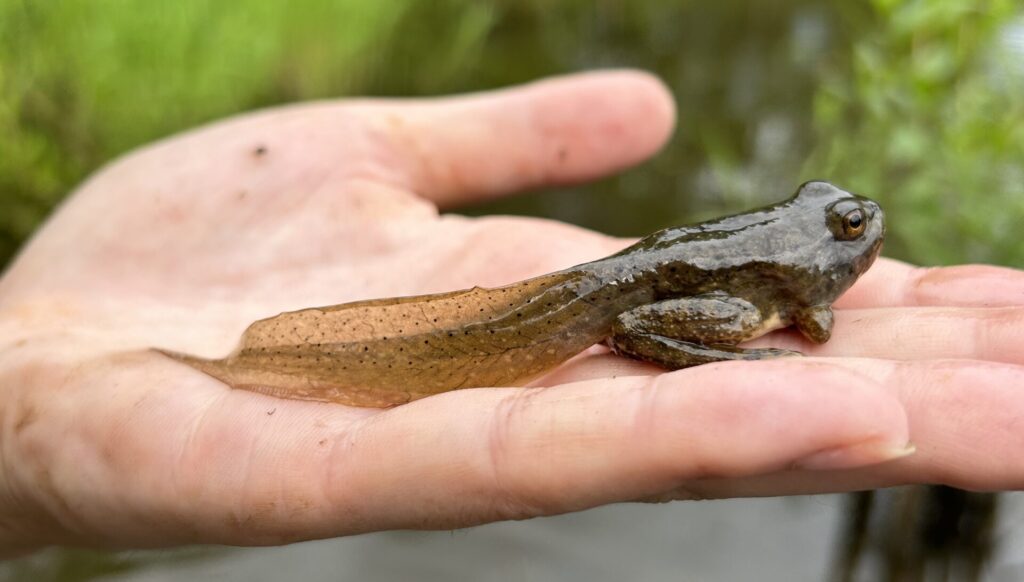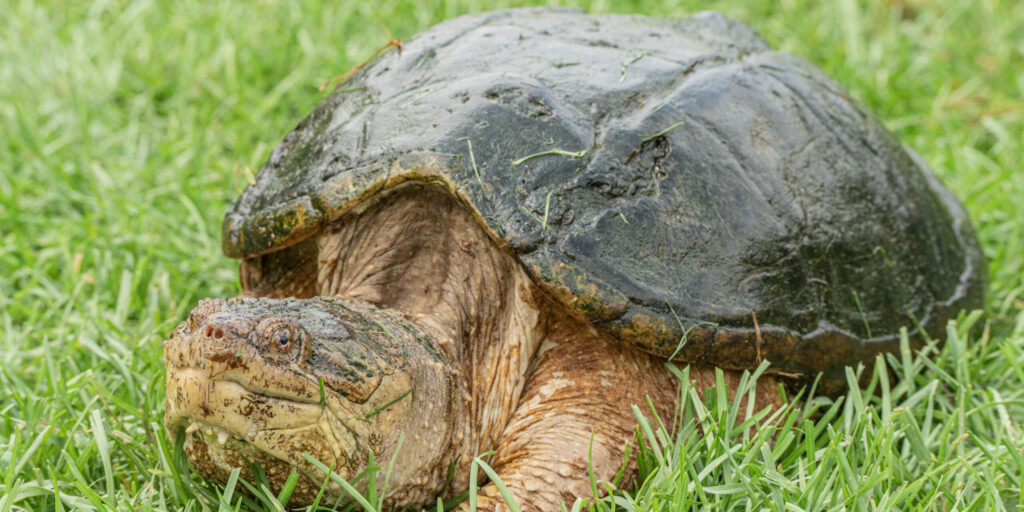
Every summer for five years now, ZNE conservation biologist have wadered up and trekked out into the Arnold Arboretum of Harvard University ponds to survey their biodiversity. To learn more about how this collaboration began and our first years of surveying, read our original Partner Spotlight: Arnold Arboretum post.
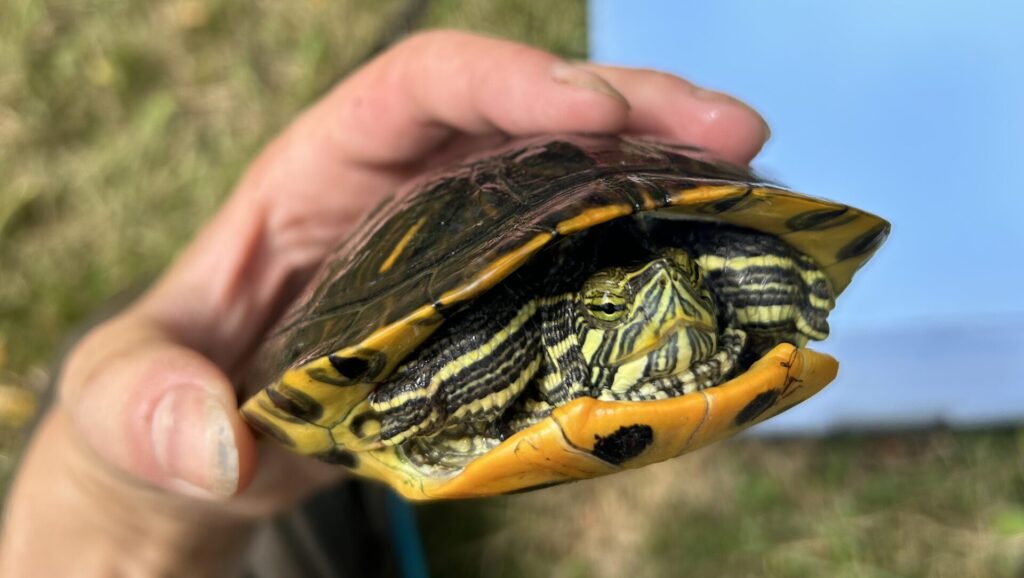
This year, we have continued to add more turtles to our unique individual count. We have now observed over 40 painted turtles, over 30 snapping turtles, and 10 red eared sliders. While the painted and snapping turtles are native here in Massachusetts, the red eared sliders are not, and the 10 individuals we have come across are likely to have been released there as unwanted pets. Unfortunately, turtles’ long life-spans make them susceptible to “overstaying their welcome” as a family pet, and are then dumped at the nearest pool of water, which for many Boston folks, is the Arnold Arboretum.
During our surveys at the Arboretum, any turtle we catch we are taking their age, weight, length, width, and height. This data collection allows us to assess the health and success of the population. We are additionally interested their movement across seasons, especially the adult females during nesting season. To learn more about this, we can attach a radio to the turtles carapace with a plumbers putty, which then transmits a signal that increases in volume as we get closer to the turtle. This can give us both a general idea as to where a turtle is located or bring us right to them!
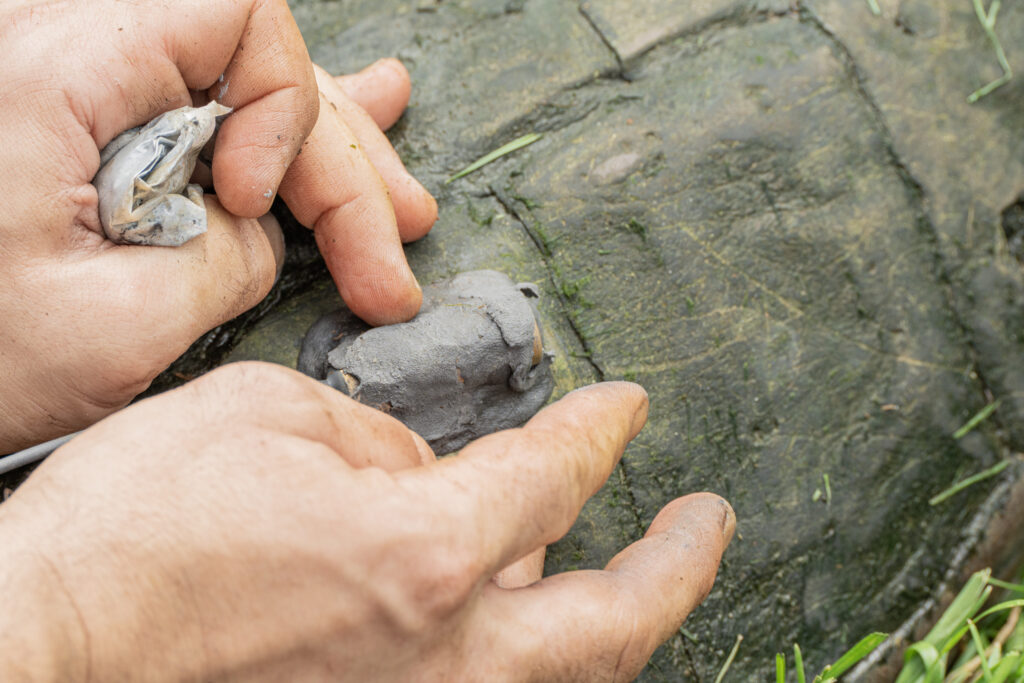
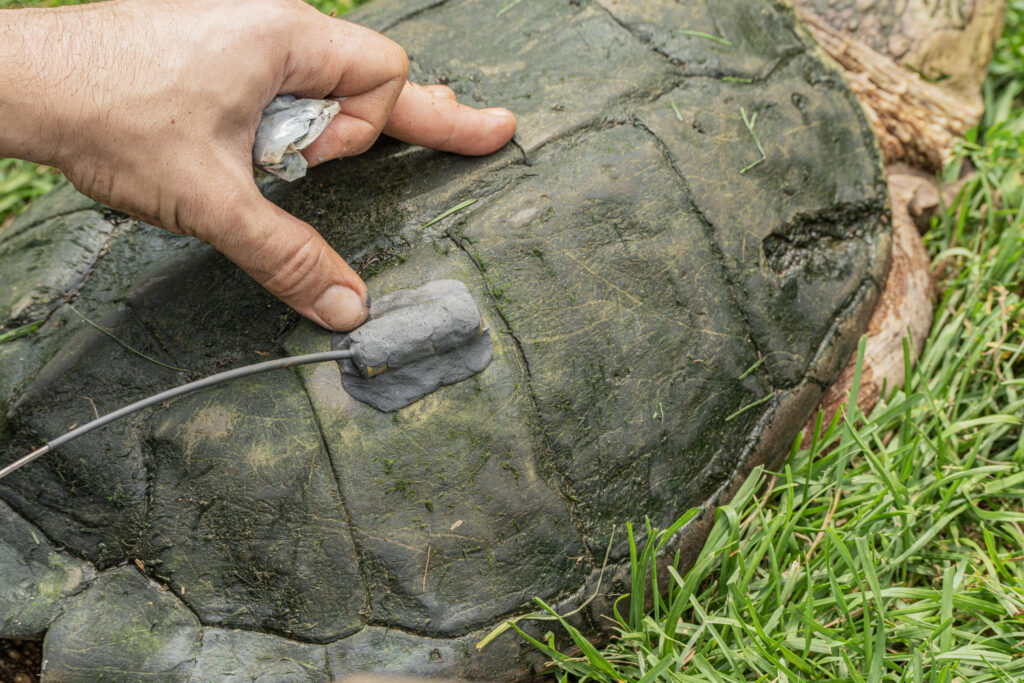
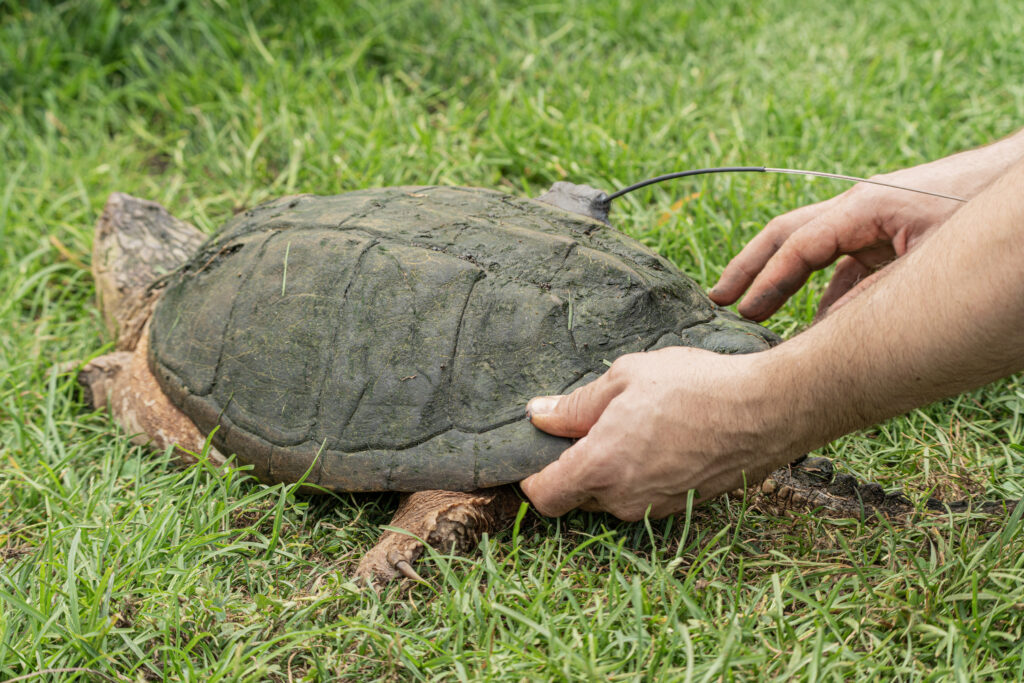
Not only do we survey for turtles, we also look at what other aquatic species call the Arboretum ponds their home. To do so, we set out small traps in vegetated areas of the ponds and record the species we find. In our 2022 post, we noted the drop of diversity in the invertebrate populations post dredging in the summer of 2021, but as predicted, with the regrowth of vegetation to provide both shelter and food we have documented the timely recovery of many of those species. Below you’ll see a few of the species we often came across during our sampling this season.

Waterscorpion (Ranatra fusca) 
Backswimmer (Notonecta unifasciata) 
Common Green Darner Nymph (Anax junius) 
Bullfrog froglet (Lithobates catesbeianus)
In addition to gaining insight on urban populations of turtles and invertebrates, another benefit to surveying in the city, is being only 2 miles away from Franklin Park Zoo. This made it easy for the ZooTeens to come out and join us in the ponds, shadowing our trapping and data collection process. The ZooTeen Program is a summer opportunity that combines a meaningful work experience at Franklin Park Zoo with professional development, life-skill training and community building.
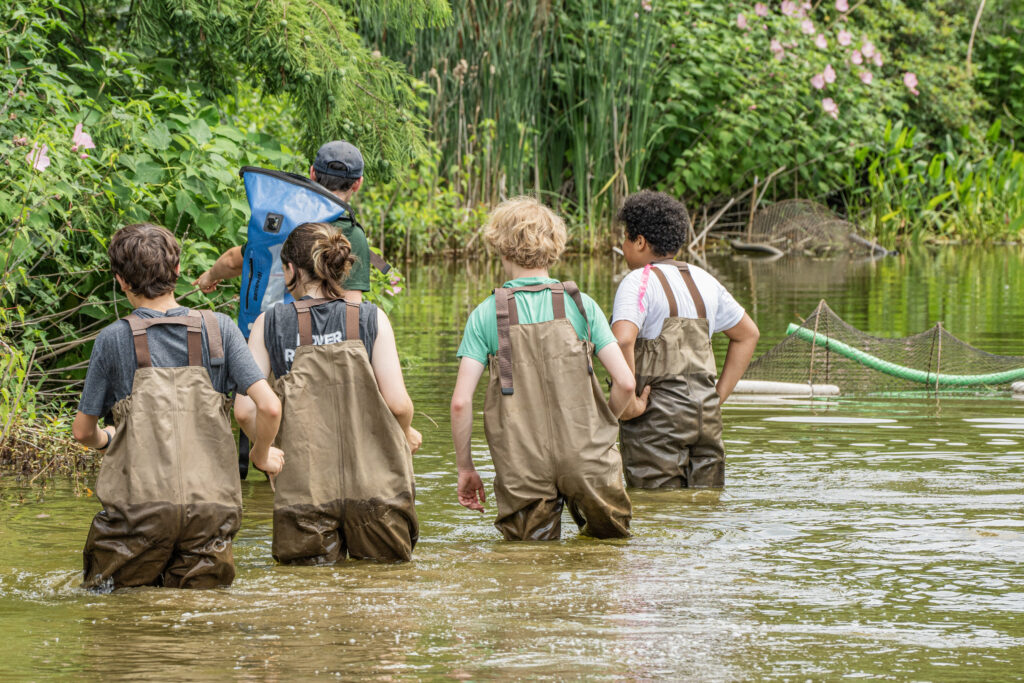
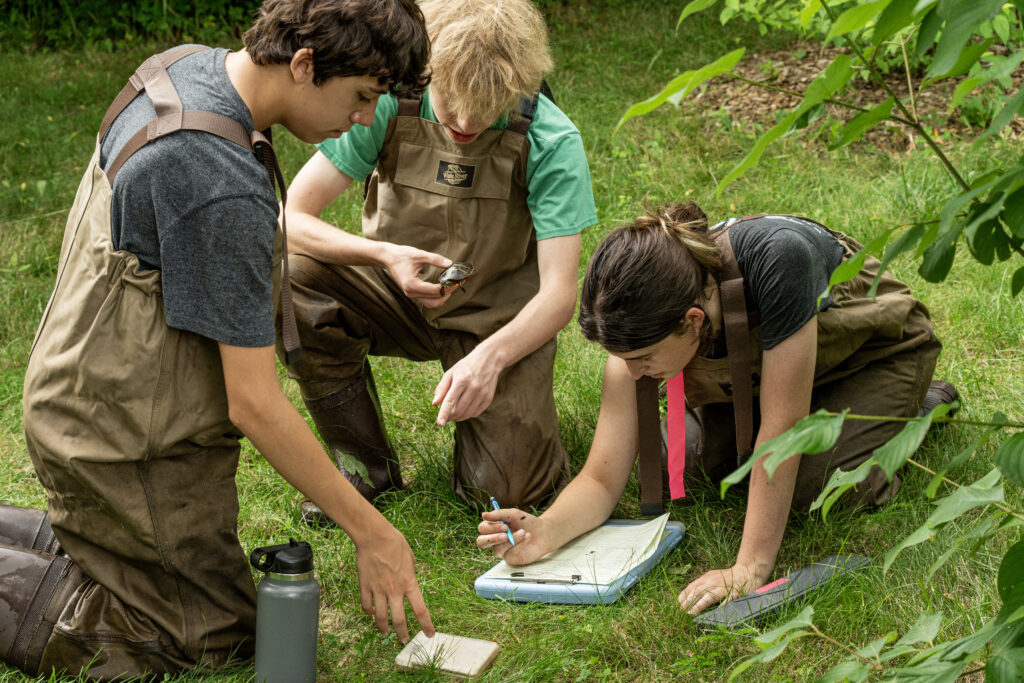
This wraps up our fifth year of sampling for 2024, where we have now documented over 80 unique individual turtles living in the three ponds of the Arboretum. We’ve also observed the return of many of the invertebrate species that occupied the ponds prior to the dredging project. Our most notable finding however, was the first Spotted turtle we’ve seen at the Arboretum. While Spotted turtles are a native species here in Massachusetts, they are only known to have two remaining populations in Boston at Stony Brook and Fowl Meadow Reservations. Not only are the Arboretum ponds unlikely habitat for the single Spotted turtle, but the turtles behavior indicated they were almost certainly a pet.
This turtle was “spotted” while we were out in Faxon Pond checking traps with the ZooTeens, the turtle bobbing their head above the water in the center of the pond as we watched from the edge, a bit too far to see the identifying features of this turtles petite head. The ZooTeens are quite familiar with Spotted turtles as they work with the Ambassador Spotted turtle at the Franklin Park Zoo, Pickles, and they were the first to point out, the turtle looked like it could be Pickle’s cousin! Shortly after this comment, this turtles begins swimming directly at us. Matt, the Associate Director of Field Conservation, and I then realizing, the teens were right, this was a Spotted turtle. This turtle swam right at me so I stood still, slightly stunned, waiting for the right moment to seize this rare turtle. This turtle swam up to me like a puppy I had held a treat out for, coming within inches of me, when I decided I could surely grab this turtle, and so I did.
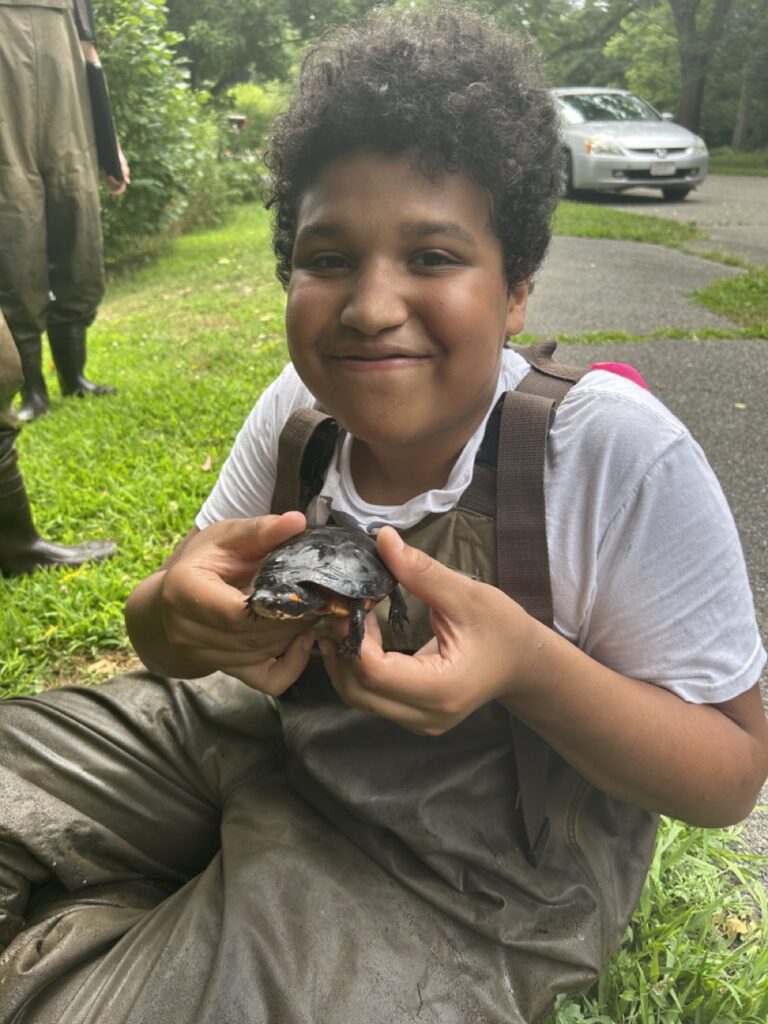
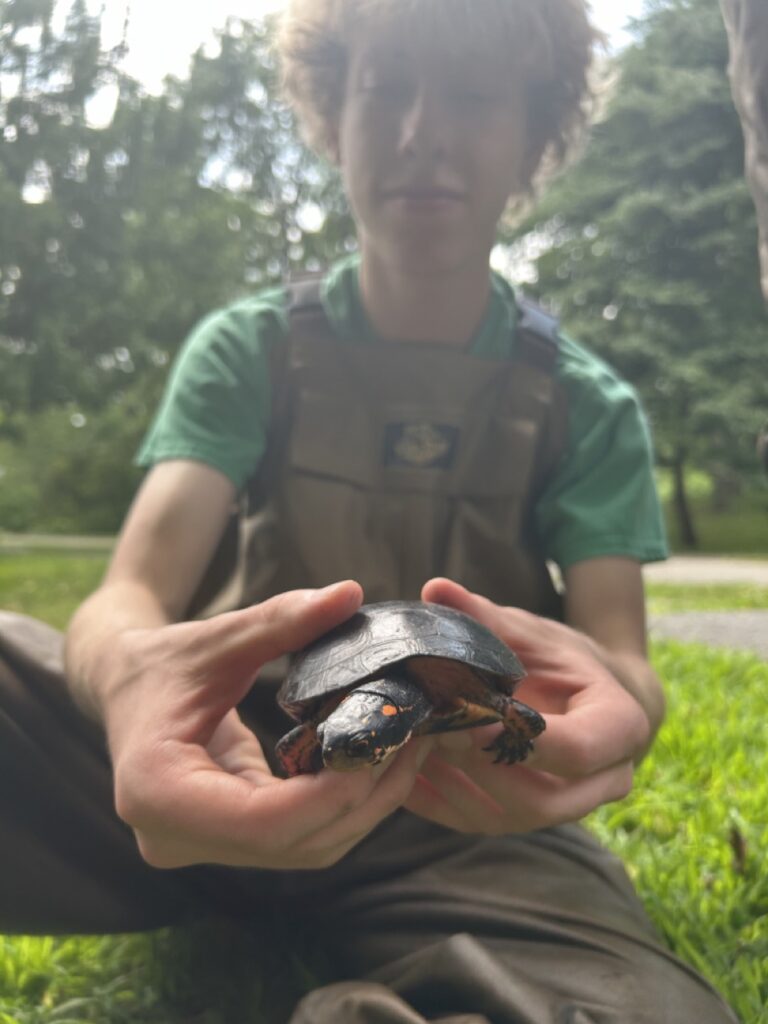
in which he spotted
Similarly to the Red Eared Sliders at the Arboretum, the most likely explanation for this Spotted turtles presence here, is being dumped as an unwanted pet. Dumping captive kept animals into the wild poses ample threats to the existing populations that inhabit that location, including the Arboretum. It also presents dangerous welfare concerns for the sadly discarded turtle. You should always do your research on any animal you are looking to add to your family, and never release any pet into the wild. Responsible pet ownership can help protect the health and welfare of wildlife, like the wild turtles found here at the Arnold Arboretum.

